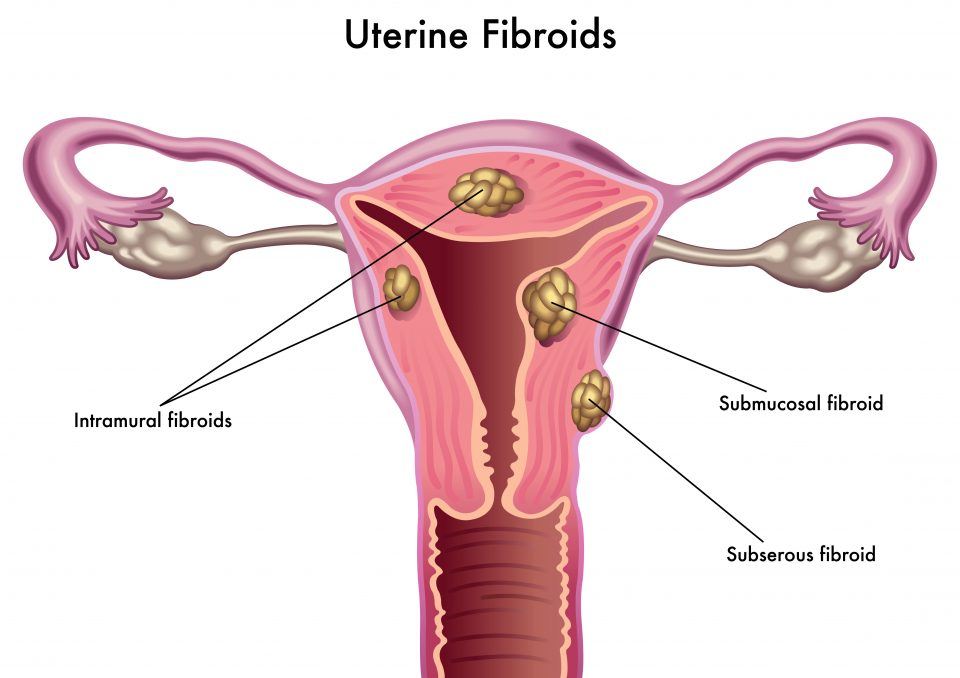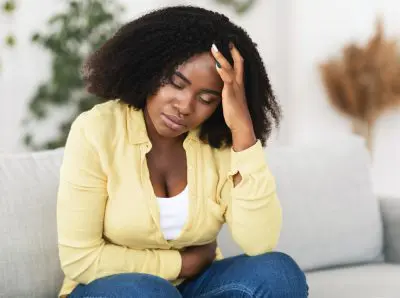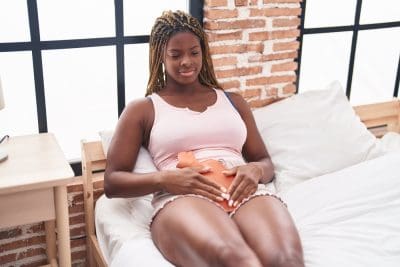
Figure 1. (photo credit: Copyright Rob3000/DepositPhotos.com”)
Uterine fibroids are the most common tumor of the female pelvis. Up to 80% of adult women of color have these benign, non-cancerous tumors. While there are women who have fibroids with little or no symptoms, they can cause absolute misery for many women.
When present, fibroids are typically seen in the reproductive (pre-menopausal) years. When it comes to the symptom’s fibroids cause, it’s just like real estate: location, location, location. Fibroids are classified by their location in the uterus. The three main locations are:
- submucosal,
- subserosal, and
- intramural (see Figure 1)
Submucosal fibroids are found just underneath the lining of the uterus. These are responsible for the heavy bleeding that is often present in women suffering with
fibroids. Fibroids are the number one reason for heavy periods.
Subserosal fibroids are located underneath the outer covering of the uterus. This type of fibroid causes bulk-related symptoms including: pelvic pain and/or pressure, back pain, bloating, increased urinary frequency, painful intercourse, and constipation.
Intramural fibroids are the most common type and are located in between the former two locations in the muscular portion of the uterus. These fibroids can cause either heavy bleeding symptoms, bulk-related symptoms, or both depending on which way these tumors grow (i.e. toward the uterine lining, outwardly away from the uterus, or in both directions).
While no one knows precisely where fibroids come from, once present, they grow under hormonal stimulation (particularly estrogen). This is why fibroids can grow rapidly during a pregnancy, and why fibroids are typically not an issue for women once they reach menopause. It can also help us understand some of the reasons why Black women have a higher incidence of fibroids than other racial groups and begin to develop strategies to fight fibroids.
While there is a higher genetic predisposition for fibroids in families of color, I will focus on risk factors that we can improve upon; all of which are related to estrogen.
If you can do these five things, you will significantly improve your fibroid symptoms:
1. Exercise regularly and lose excess body fat: According to the US Department of Health Human Services Office of Minority Health, African-American women have the highest rates of obesity compared to other racial groups. Everyone has an ideal body weight for their frame. Estrogen is stored in body fat. Therefore, losing excess body fat will be good for your fibroid health as well as your overall cardiovascular health. Asian women have the lowest body fat by race and also the lowest incidence of uterine fibroids.
2. Decrease estrogenic foods: Hormones are pervasive in the food and water supply, but there are particular hormone-rich foods to try to limit consumption of including: red meat, non-organic chicken, and dairy.
3. Increase anti-estrogenic foods: Certain foods like-colored fruits and vegetables contain flavonoids which are compounds that block an important enzyme in estrogen production. Flavonoids can also be found in dark chocolate and red wine.
4. Maintain an adequate vitamin D level: Vitamin D is a powerful inhibitor of fibroid growth, but only 10% of African-Americans have adequate levels due to their darker skin. Get your vitamin D level checked at least every year and supplement as needed.
5. Avoid hair relaxers: Some hair relaxers contain phthalates which have a chemical composition that is very similar to estrogen and has estrogenic effects.
Recently, vice-presidential candidate and US Senator Kamala Harris and US Representative Yvette Clarke introduced (S 4397 & HR 6383) the Uterine Fibroid Research & Education Act. This legislation will help to increase funding for fibroid research and educational efforts and attempt to increase our understanding of why Black women disproportionately suffer with fibroids and how to effectively treat them in the safest and least invasive way possible.
To learn more about uterine fibroids and how they affect Black women, please visit our website at ATLii.com.
John C. Lipman, MD, FSIR is a renowned fibroid expert and Adjunct Clinical Assistant Professor in the Department of Obstetrics & Gynecology at Morehouse School of Medicine. rolling out special medical correspondent.














